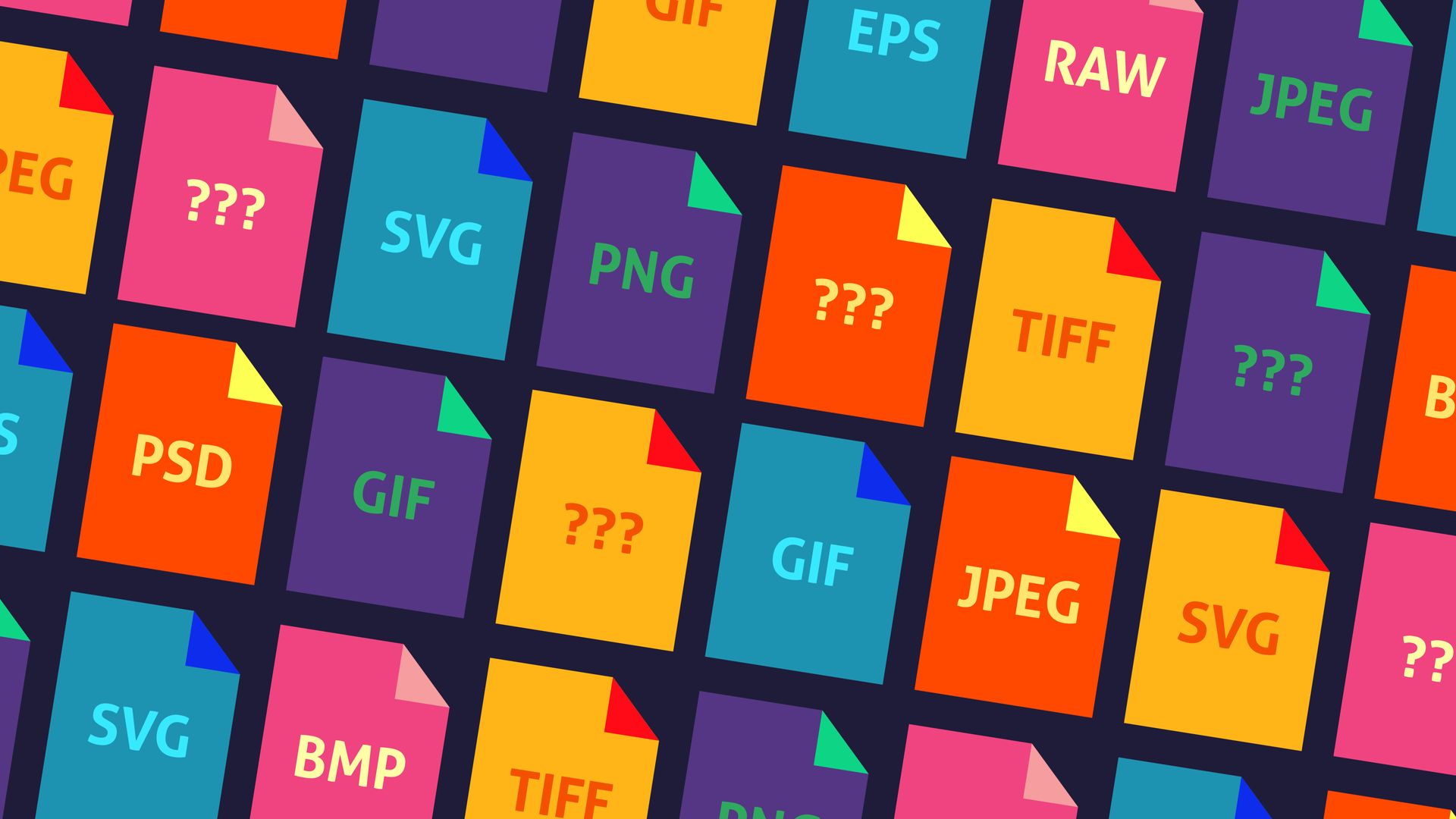80% of consumers said they had entered a store or business they never had before based simply its signs
Creating a strong visual presence is vital for any business aiming to stand out in today's competitive landscape. One of the most impactful tools for achieving this is signage. Signage serves as a beacon, guiding customers to your doorstep and communicating essential information about your brand, products, and services. It's a silent yet powerful ambassador for your business, and its value cannot be overstated.
According to a May 16, 2012 Huffington Post article, statistics indicated that nearly 85% of a business's customers lived or worked within a five-mile radius. This statistic alone underscores the crucial role signage plays in attracting local customers. A well-designed sign strategically placed outside your business can draw the attention of passersby, turning them into potential customers.
Signage is essentially your business's first impression. It's the initial point of contact for many potential clients, and it shapes their perception of your brand. A professional, eye-catching sign not only grabs attention but also communicates the essence of your business—its values, personality, and offerings. In an increasingly saturated market, a distinct and memorable sign can be the key differentiator between you and your competitors. Moreover, signage isn't just about attracting foot traffic. In the digital age, online presence is crucial, and signage plays a role here too. A well-designed sign can encourage customers to engage with your brand on social media platforms, boosting your online visibility and extending your reach beyond your physical location.
Beyond its promotional aspects, signage also serves a practical purpose. Clear and visible signage provides essential information such as opening hours, contact details, and directions, enhancing the overall customer experience. It minimizes confusion and frustration, ensuring that potential customers can easily find and access your business.
However, the effectiveness of signage relies heavily on its design and placement. A cluttered or poorly designed sign might fail to capture attention or communicate your message effectively. Equally important is the strategic placement of signage—considering visibility from different angles, traffic flow, and local regulations—to maximize its impact.
Investing in quality signage is an investment in the success and longevity of your business. It's not just an expense but rather a valuable asset that continuously works to attract customers, reinforce brand identity, and improve overall customer experience.
As times evolve, the fundamental importance of signage in business marketing and visibility continues to hold true. Businesses that recognize and harness the power of signage as a fundamental aspect of their marketing strategy are likely to thrive in an ever-evolving marketplace.
Signage is essentially your business's first impression. It's the initial point of contact for many potential clients, and it shapes their perception of your brand. A professional, eye-catching sign not only grabs attention but also communicates the essence of your business—its values, personality, and offerings. In an increasingly saturated market, a distinct and memorable sign can be the key differentiator between you and your competitors. Moreover, signage isn't just about attracting foot traffic. In the digital age, online presence is crucial, and signage plays a role here too. A well-designed sign can encourage customers to engage with your brand on social media platforms, boosting your online visibility and extending your reach beyond your physical location.
Beyond its promotional aspects, signage also serves a practical purpose. Clear and visible signage provides essential information such as opening hours, contact details, and directions, enhancing the overall customer experience. It minimizes confusion and frustration, ensuring that potential customers can easily find and access your business.
However, the effectiveness of signage relies heavily on its design and placement. A cluttered or poorly designed sign might fail to capture attention or communicate your message effectively. Equally important is the strategic placement of signage—considering visibility from different angles, traffic flow, and local regulations—to maximize its impact.
Investing in quality signage is an investment in the success and longevity of your business. It's not just an expense but rather a valuable asset that continuously works to attract customers, reinforce brand identity, and improve overall customer experience.
As times evolve, the fundamental importance of signage in business marketing and visibility continues to hold true. Businesses that recognize and harness the power of signage as a fundamental aspect of their marketing strategy are likely to thrive in an ever-evolving marketplace.

At SIGMA Sign Co., we understand that installing an outdoor sign is a crucial step in promoting your business. However, the permitting process can be complex and time-consuming. With our expertise, our team will simplify this process for you by navigating the permitting process successfully for you. Step 1: Understanding Local Regulations Each city and municipality has unique regulations regarding outdoor signage. These rules may include restrictions on size, height, lighting, and placement. Our team is familiar with local codes and can help you determine the requirements for your area. We'll work with your local zoning or building department to ensure your sign meets all regulations. Step 2: Preparing Detailed Plans Our design experts will create detailed plans that align with your brand vision and meet permitting requirements. These plans typically include: Sign dimensions and design details Materials to be used Proposed installation location Electrical requirements (if applicable) We provide clear visuals such as mockups, blueprints, and site photos to ensure a smooth approval process. Step 3: Submitting Your Permit Application SIGMA Sign Co. can handle the entire permit application process for you. This often requires: Contractor registration A completed permit application form Detailed site and design plans Proof of property ownership or landlord approval Engineering certification (if required) We'll also take care of the permit fee process, which varies depending on your location and project scope. Step 4: Engaging with Local Authorities In some cases, city officials may request adjustments to your design. Our team will stay in close communication with authorities to ensure your project moves forward without delays. If required, we'll attend zoning board or council meetings to advocate for your sign's approval. Step 5: Scheduling Inspections Once your permit is approved, SIGMA Sign Co. will manage the inspection process to ensure your sign complies with safety codes and local regulations. We’ll coordinate inspections during and after installation for a seamless experience. Step 6: Partnering with SIGMA Sign Co. Choosing SIGMA Sign Co. means you’re working with experienced professionals dedicated to delivering compliant, high-quality signage. We take the hassle out of the permitting process, so you can focus on growing your business. Final Thoughts Navigating the permitting process doesn't have to be overwhelming. At SIGMA Sign Co., we specialize in managing all aspects of sign design, permitting, and installation. Contact us today to get started on creating a powerful sign that makes your business stand out!

When designing logos, signs, or other graphics for your business, you may hear the term "vector file." But what exactly is it, and why is it important? A vector file is a type of graphic file that uses mathematical equations to create lines, shapes, and curves. Unlike pixel-based images (like JPEG or PNG), vector files are scalable without losing quality. Because vector files are mathematical, machine tool paths can be programed allowing signs to be cut and or bent into dimensional components. Vector art also ensures your logo will stay crisp and sharp whether it's printed on a business card or a billboard. Why Choose Vector Files? Perfect for Scaling: Need your logo on a storefront sign or a vehicle wrap? Vector files allow you to resize your design without it becoming pixelated or blurry. Smaller File Size: Vector files often take up less storage space than high-resolution raster images. Easy to Edit: Vector graphics can be modified quickly, allowing designers to adjust colors, shapes, and text with precision. Common Vector File Formats .SVG (Scalable Vector Graphics) – Ideal for web graphics. .AI (Adobe Illustrator) – A common format for professional design work. .EPS (Encapsulated PostScript) – Often used for large-scale printing. .PDF (Portable Document Format) – Can maintain vector properties when saved correctly. Why Does It Matter for Your Signage? Using vector files ensures your sign is sharp, professional, and scaled to fit your space. Whether you're showcasing your brand on a storefront, vehicle, or banner, vector files are key to achieving amazing results. If you're investing in professional signage, make sure your designs are created in vector format — it's the best way to ensure your brand looks its best at any size!

Light Emitting Diode (LED) technology has emerged as a transformative force in the world of signage, offering significant advancements over traditional signage methods. This revolution in signage is marked by enhanced visibility, energy efficiency, durability, and creative flexibility, making LED signs the preferred choice for businesses, municipalities, and event organizers worldwide.

Channel letters are a popular choice for business signage due to their visibility, durability, and aesthetic appeal. Among the various types, front lit and reverse lit channel letters are two common options, each with distinct characteristics and advantages. Here’s a comprehensive look at the differences between front lit and reverse lit channel letters.

In the vast landscapes of large facilities, whether it's a sprawling university campus, a bustling hospital, or a colossal convention center, effective wayfinding is crucial for ensuring smooth navigation. In this intricate dance of paths and possibilities, signage emerges as the unsung hero, guiding visitors, patients, and employees seamlessly through the labyrinth of corridors. As a leader of the sign industry in North Texas, SIGMA Sign Co. understands the pivotal role that signage plays in enhancing the wayfinding experience within large facilities.

In the competitive world of business, effective marketing strategies can make all the difference in building brand awareness and attracting new customers. One innovative and eye-catching method gaining popularity is the use of vehicle wraps. Transforming your fleet into moving billboards, vehicle wraps offer a unique and powerful way to promote your brand.


